Interrupteur-Horaire Programmable Analogique Timer
﷼140.00
VAT is included in price
If you have not found the product you need. Feel free to contact us
- Used in manufacturing, avenue illumination, lights, ranch, engineering control, residence, domestic appliances, etc.
- Lengthy electrical and perfunctory life of yield, electrical life: (under power load) further than 100,000 epoch, perfunctory life: (DC and AC) = 10 million times or more.
- Covering and lagging fabric, high temperature confrontation, high temperature confrontation, blaze retardant thermoplastic objects.
- The timer adopts high-end organize chip for exact, firm and steadfast timing.
- Easy arrangement, squashed dimension, undemanding to set up and use.
Description
Interrupteur-Horaire Programmable Analogique Timer
Description
- Condition: New
- Type : Interrupteur Horaire
- No matter the load, it is extremely adaptable.
- Utilized in home appliances, engineering control, manufacturing, lighting, and among other applications.
- Heavy-duty timer is perfect for any application that needs a straightforward or intricate ON/OFF cycle.
- Simple assembly, compact size, and effortless setup and operation.
- The timer uses a chip to ensure precise, stable, and accurate timing.
The Interrupteur-Horaire Programmable Analogique Timer is a highly adaptable and user-friendly gadget when it comes to automated scheduling and effective energy management. A programmable timer can be used for several tasks, like turning on or off lights or setting a timer for a fan. They are timers that can be set to turn on or off at certain times.
A programmable interval timer (PIT) is a counter that sends an output signal in computers and embedded systems that may result in an interrupt when it reaches a predefined count. The Interrupteur-Horaire can be linked to a low voltage system, such as battery-powered devices in cars, or one that runs on mains power, such as one that uses a contactor or relay. It can be integrated into equipment, hooked into a wall outlet with equipment plugged into the timer rather than directly into the power outlet, or built into power circuits (like a water heater or central heating timer).
In this article, let’s see the types, working, and applications of the Interrupteur-Horaire Programmable Analogique Timer in detail.
A Variety of Programmable Timer Types
Programmable timers come in a variety of forms, including battery-operated and outlet-plugged models, but they all can be set to turn on or off at predetermined intervals. such as those hooked into an outlet or those running on batteries. The interrupter Horaire programmable analog timer is electronic, with fast reset time, high precision, accurate digital set-ability, and digital display. Digital electronic timers are available in multiple varieties, with long time intervals and displays made of LCD or LED.
Appliances and lights can be turned on and off at precise times using programmable timer switches. Seven-day models are the most popular kind; each day of the week has its program. A single program that repeats every 24 hours is found in 24-hour models, and four separate programs that run every seven days are found in 365-day models. The day and time are set on the majority of types via a rotary switch.
Set-Aside Counters
Predetermined counters, sometimes known as preset counters, are essentially totalizers that, upon reaching user-entered preset restrictions on the counted total, can be used to regulate an external circuit. Some models have up to 50 presets, while most only have one or two. The size of batch lots, material cut lengths, punching or drilling, stacking, and many other counts, position, or length-related actions are all controlled by these programmed counters in manufacturing and process applications. Programmable counters can often take the role of two or more separate counters in some applications, offering specialized, affordable solutions for your counting and controlling needs.
Controllers and Indicators of Rates
The rate indicator and controller are part of the second set of programmable timers. A process can be seen digitally with rate indicators. Simpler models have a sensor connection and provide a direct readout of voltage or frequency, which indicates speed or rate. Variables like material feet per minute or motor rotations per minute can be displayed in units. Certain rate meters offer a calibration feature that uses a sensor to scale, or convert, the input signal to engineering units. Rate controllers give users the option to compare input to one or more “alarms” or values. The “alarm” can activate relays or control outputs to stop out-of-tolerance behavior or initiate remedial measures to return the process to normal.
Preset Timer and Time Indicators
The third category of the Interrupteur-Horaire programmable analog timer is a preset timer. The device can activate or deactivate control outputs according to a predetermined period, thanks to several operating capabilities. The version with the time indicator shows the amount of time that has passed and can record seconds, minutes, or hours. These indicators are employed in time studies, product testing, and the assessment of equipment running and cycling times.
Numerous applications for these timers include process time management, event sequencing, failure detection, and automatic control of machine cycles. Three states are possible for these programmable timers; timing, timed-out, and rest. Once reset, a programmable timer stops serving any purpose related to timing. The moment an external signal is received, the timing period begins. The interval of time between the conclusion of the timing and the programmable timer’s return to rest is known as the timed-out condition.
Multifunctional Controllers/Indicators
The multifunction indicator/controller is the last category of programmable timers. Combinations of totalizers, predetermining counters, and rate measurement methods make up multifunction instruments. They save money, time, and panel space by performing the functions of multiple instruments. Applications requiring multi-step, sequential operations by count and time are used with these devices. This device can be used, for instance, to provide totals and rate functions during liquid transfer and dispensing activities. A signal that represents the unit to be counted is required for the counters mentioned; this signal is frequently accessible as a voltage pulse or contact closure. A sensor will be required if there is no signal.
The Operation Of a Programmable Timer
A digital gadget called a programmable timer is used to set times for turning lights and appliances on and off. For example, the coffee maker can be set to turn on at 6:00 AM and the porch light to turn off at 10:00 PM. When lights and appliances are not in use, programmable timers can be utilized to save energy. They can also be used to create security by turning on lights at random hours when no one is there. Moreover, a single input or, in some circumstances, two signals can be used with a programmable timer.
Applications
There are many uses for programmable timers, ranging from security to cooking. A crucial component of many electronic equipment, including computers, alarm clocks, and ovens, is programmable timers.
Interrupteur-Horaire Programmable Analogique timer is also used for dimming or brightening lights or setting a timer for a fan. There are programmable timers in many settings, including industries, residences, and workplaces.
In applications with variables, the Programmable Timer is utilized for measurement, display, and control. Many systems rely on timed events, which is why there are timers.
Wrapping Up
The Interrupteur-Horaire Programmable Analogique Timer is a unique and easy-to-use tool for energy management and automated scheduling. The remarkable thing about it is that it can be used for anything from manufacturing to home appliances. This timer provides a dependable solution for both basic and complicated ON/OFF cycles, thanks to precise and steady timing enabled by a specialized chip. The detailed description of programmable timer types, which include rate controllers, preset timers, set-aside counters, and multipurpose controllers, emphasizes how versatile the device is in accommodating a range of requirements. The Interrupteur-Horaire Programmable Analogique Timer is a vital tool in a variety of environments, including homes and businesses, for processes like process control, energy efficiency, and security.
FAQs
A programmable interval timer (PIT) is a counter used in embedded systems and computing that, upon reaching a predetermined count, outputs a signal. An interrupt can be started by the output signal.
There are two types of timers; off-delay timers and on-delay timers.
Timer interruptions enable you to do a task at precisely timed intervals, regardless of what else is happening in your code.
Related products
-

Firebird Gas Torch One Torch Piezo Ignition
5.00 out of 5﷼23.00 -
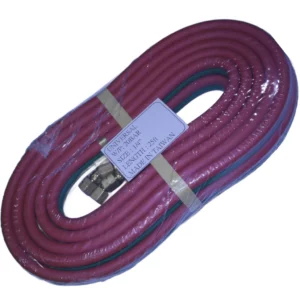
Oxygen Acetylene Welding Pipe Cutting Torch 3.5, 5 and 7.5 METER
4.00 out of 5﷼69.00 – ﷼80.50 -
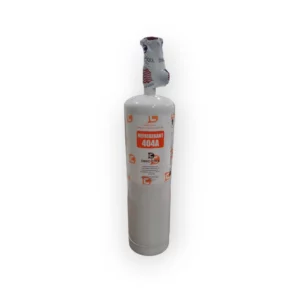
Dikko Cool Refrigerant 404a, 1kg HVAC & Refrigerant
5.00 out of 5﷼48.49 -
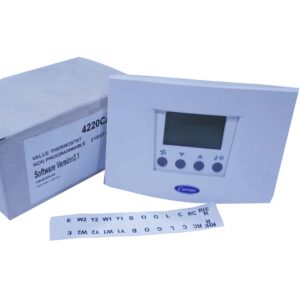
Carrier 4220CAR Value Thermostat – Non Programmable 2Heat/2Cool
0 out of 5﷼458.85 -
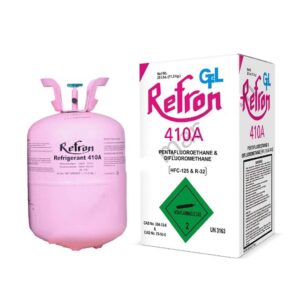
Refron 410A Refrigerants Gas
0 out of 5﷼320.00 - Sale!
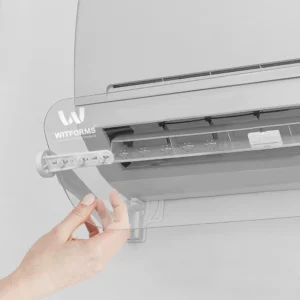
Air flow for split air conditioners
5.00 out of 5﷼160.00Original price was: ﷼160.00.﷼150.00Current price is: ﷼150.00. -
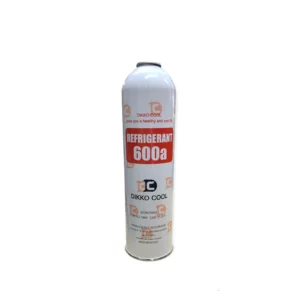
Dikko Cool Refrigerant 600a, 1kg HVAC & Refrigerant
5.00 out of 5﷼48.00 -

Round Rubber Pad Anti Vibrations Pad, Outdoor Rubber Feet
5.00 out of 5﷼12.00 -

Copeland H 48 Universal Replacement Filter Core
0 out of 5﷼32.00 -
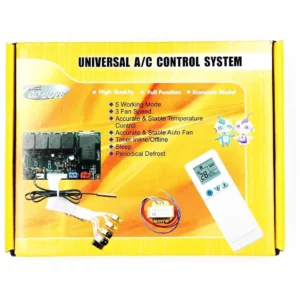
Universal AC Control System QD U02B
4.00 out of 5﷼40.25


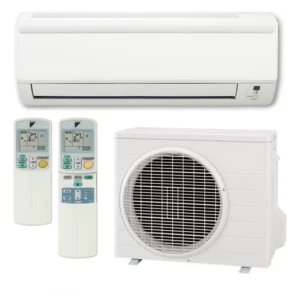
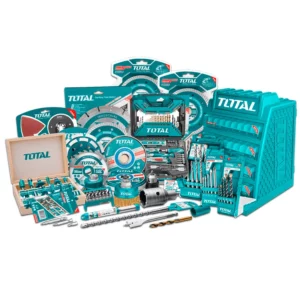

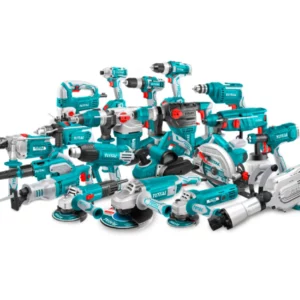
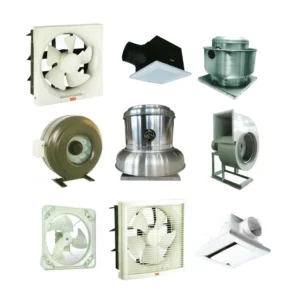

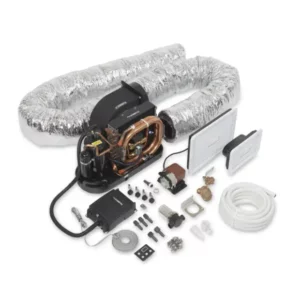
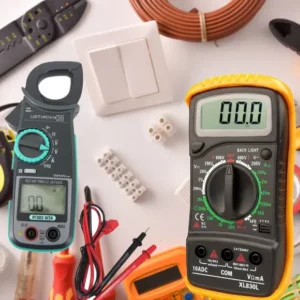



Reviews
There are no reviews yet.